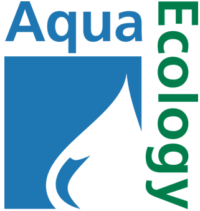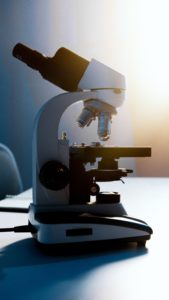
AquaEcology offers you a wide range of services for almost all water systems. We analyze natural and artificial bodies of water in both fresh and salt water. We determine the water quality based on its chemical and biological properties, advise you on construction projects and prepare reports or assessments for you.
Our services are very diverse and far-reaching. Here you can find out more in detail:
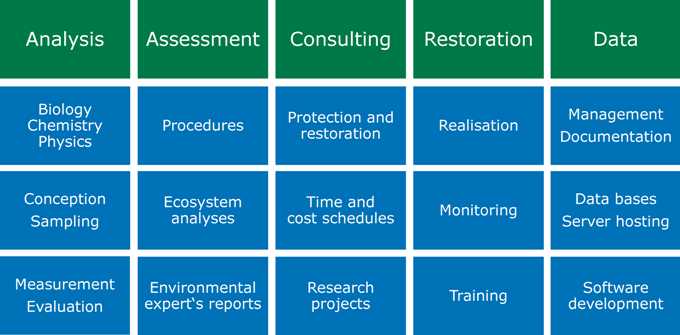
AquaEcology offers advice and management for larger environmentally relevant projects. This includes the creation of a consulting concept, the execution of the planning and the organization of the logistics as well as the implementation of all measures including the necessary measurements. Areas of application here are in particular water body clean-up, scientific research projects or ballast water treatment and aquaculture management. We would also be happy to advise you on your fish ponds, the water quality or construction projects that could affect them.
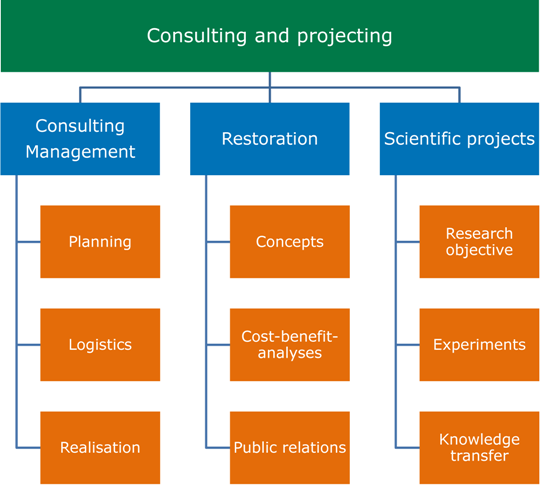
For example, as part of ecological construction supervision, we evaluate the previous condition and secure any species that are worthy of protection. We would also be happy to advise you on the relevant official requirements and helpful measures. We will then be happy to check the after-condition and thus ensure the final environmental compatibility of your construction project.
AquaEcology participates in supporting interdisciplinary and international research projects, also as part of contract research. In this way, extensive mesocosm experiments can be planned and carried out in order to track biogeochemical processes in different water bodies. Investigation concepts for testing ballast water systems in accordance with IMO guidelines are drawn up and implemented.
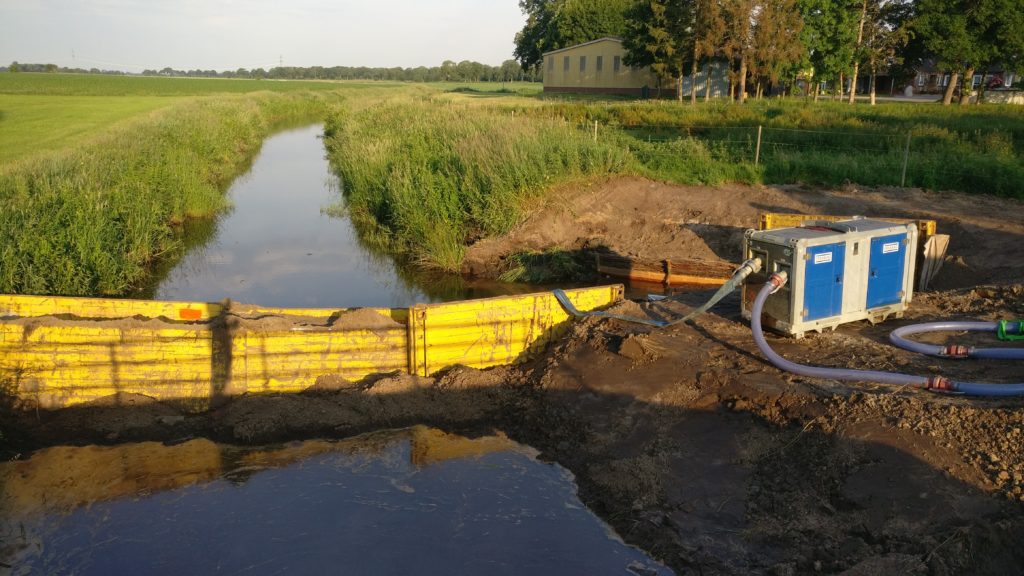
Another project area is the monitoring and optimization of aquaculture facilities. As accompanying measures, AquaEcology also offers subject-specific and generally understandable knowledge transfer from the field of aquatic ecology in the form of lectures, seminars, workshops, excursions and internships in the field of scientific project planning.
In addition, we advise and accompany you with necessary renovation measures, if necessary together with appropriate specialist partners. Depending on the type of body of water and the problem, it can involve aeration measures, sediment removal or the use of precipitating and binding agents that bind or remove certain substances from the water column or from the sediment. Longer-term measures for the sustainable removal of nutrient salts, such as planting certain plant species in the water body near the banks (constructed wetland principle) are also offered.
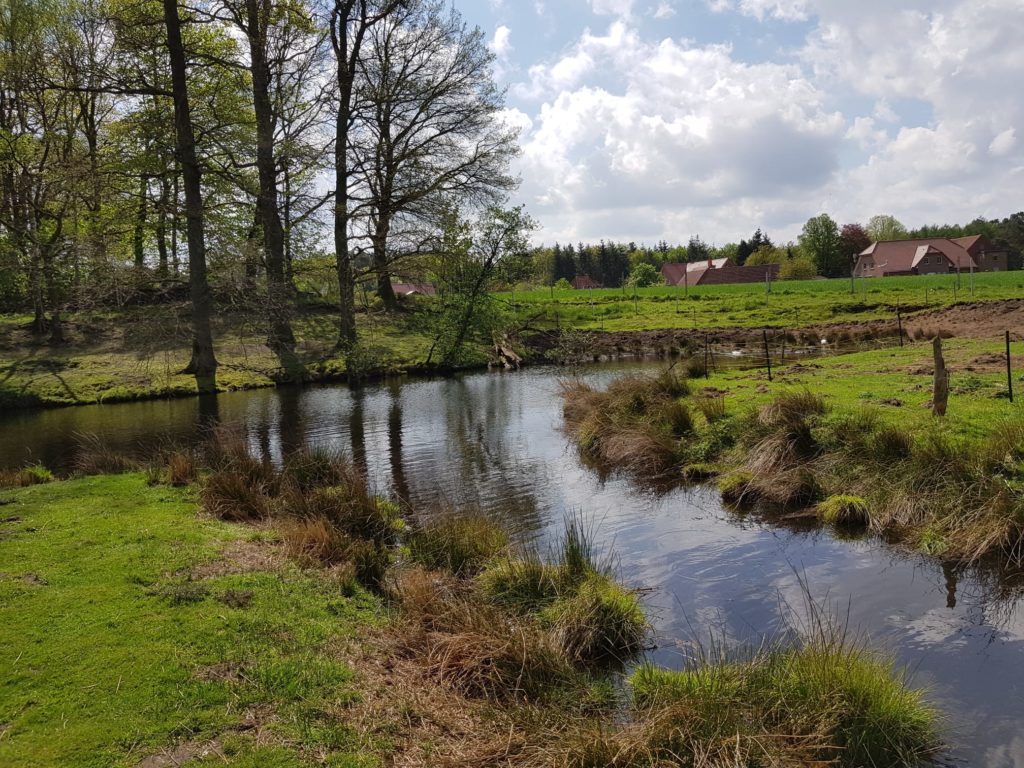
AquaEcology examines and evaluates the overall quality of water bodies. We determine the qualitative current status and monitor changes.
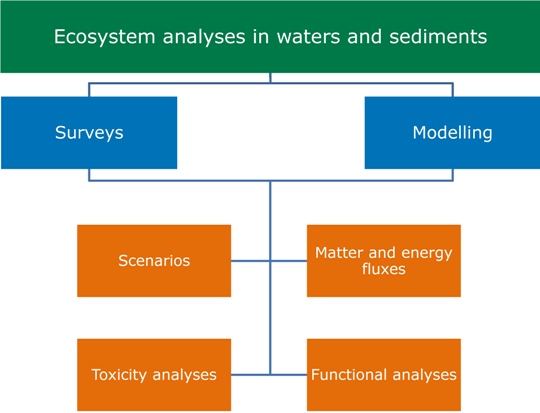
To do this, we create functional analyzes of aquatic systems based on current inventories, historical data and ecosystem models. Such analyzes are necessary, for example, to determine the effects of disruptive factors of any kind on the sometimes very complex interconnected components of the food web and to draw up appropriate assessments.
In corresponding test series, the ecotoxicological effects of chemical substances on different aquatic organisms; these investigations are also an important part of the analyzes of cumulative effects as required by the Water Framework Directive (WFD) and Marine Strategy Framework Directive (MSFD).
Object-specific evaluations for acute problems and internationally established, comprehensive procedures are offered. For example, the former include a few parameters that characterize seasonal pressures, while the latter are specified according to international guidelines (EC Water Framework Directive, OSPAR Guidelines). External data can also be included and additionally evaluated separately.
Hydrobiological or hydrochemical reports are prepared as part of environmental impact assessments (UVU) and plan approval procedures (PFV) for conversion measures, the construction of new plants or changes in the wastewater discharge. Of course, AquaEcology provides technical support for the entire process.
Waters are constantly changing and it is therefore necessary to monitor the change, identify causes and formulate appropriate (counter-) measures. Here you get an overview of our analytics area. A complete and parameter-related list of services can be found below.

For this purpose, we take samples of water from all over Germany for analysis. Based on many years of experience and published measurement strategies, AquaEcology proposes cost-effective measurement concepts with alternatives for the respective problem. This includes land-based sampling as well as ship trips. Developments and processes in the ecosystem can be estimated using prognostic models. A selection of analysis techniques is offered specifically.
AquaEcology works in accordance with current national and international standards (DIN, CEN) and regulations and transparently presents the customer with all the methods used and the associated quality assurance measures for the analysis and measurement systems at all times. All relevant work, from sampling to measurement to scientific evaluation, are carried out by qualified employees of AquaEcology.
AquaEcology has an extensive range of parameters at its disposal for detailed investigation: Biological components are often the focus of evaluation processes.
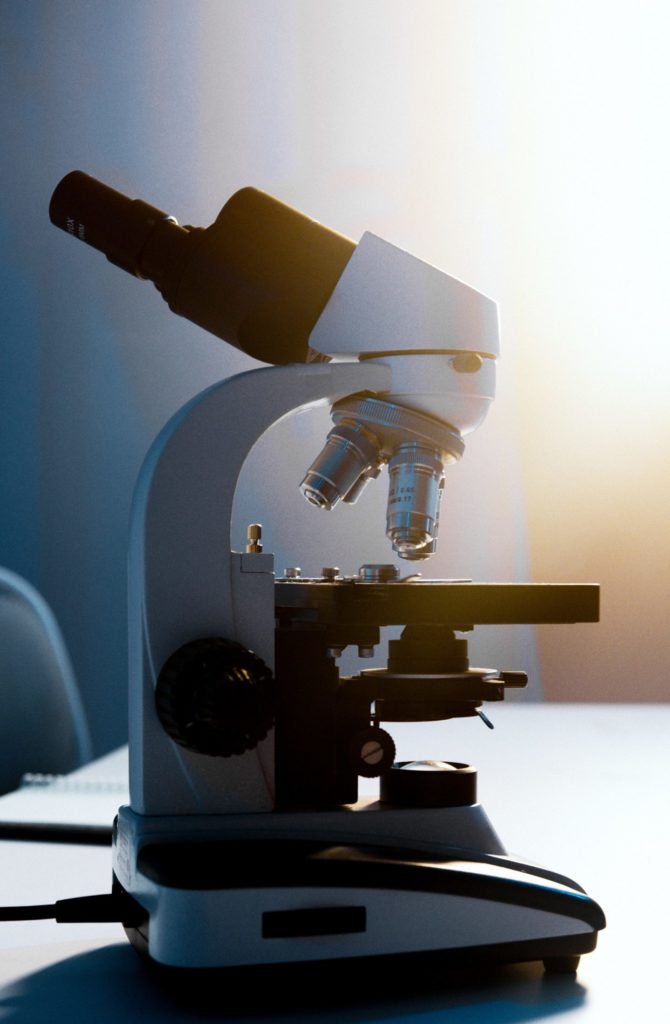
Biological components
Ranging from:
- Phytoplankton
- Zooplankton
- Bakterioplankton
to benthic organisms such as:
- Phytobenthos
- Makrophyten
- Makrozoobenthos
as well as:
- Fishes
are we offering the quantitative differentiated (up to species level) determination of the entire spectrum of aquatic organisms, including all corresponding quality assurance measures. Other groups (e.g. insects, birds) in connection with aquatic habitats (bank areas, floodplains) can also be processed on request.
Chemical components
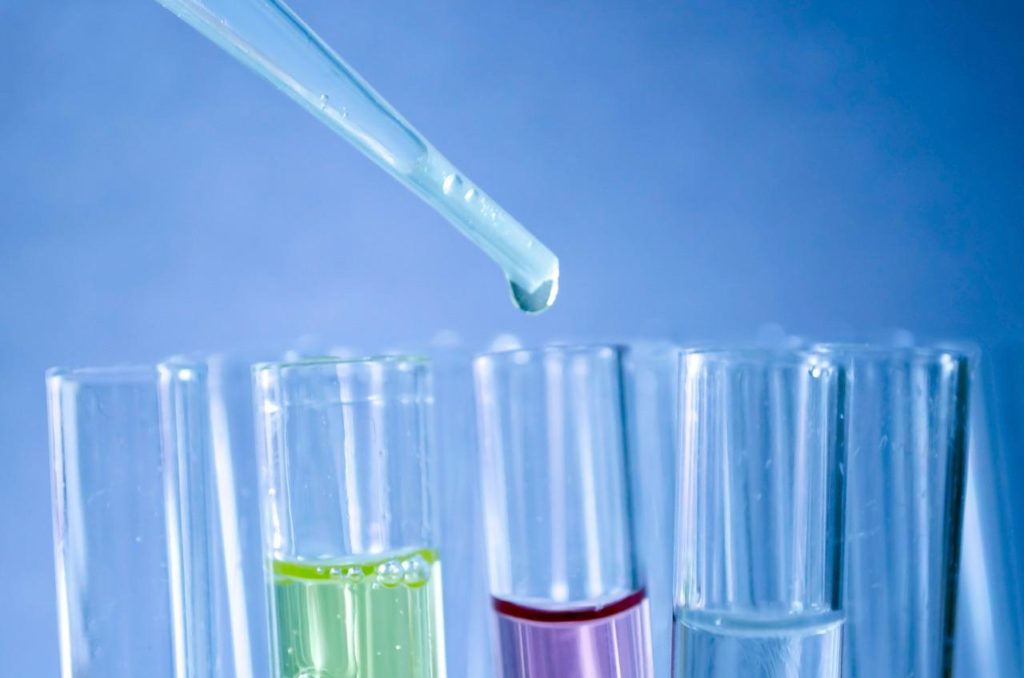 In chemical analysis, ecologically relevant inorganic and organic substances and compounds are determined with great accuracy in the dissolved and particulate phase. Various measuring systems and methods such as AutoAnalyzer systems, systems with high-temperature combustion on the catalyst, gas chromatography (GC) and high-pressure liquid chromatography (HPLC) are used for this purpose.
In chemical analysis, ecologically relevant inorganic and organic substances and compounds are determined with great accuracy in the dissolved and particulate phase. Various measuring systems and methods such as AutoAnalyzer systems, systems with high-temperature combustion on the catalyst, gas chromatography (GC) and high-pressure liquid chromatography (HPLC) are used for this purpose.
The physical and physico-chemical parameters such as temperature, salt and oxygen content, pH, fluorescence, etc. are determined with various probe systems and measuring instruments.
DNA-Analyses
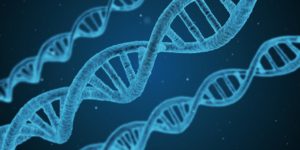 With the further development and mass application of the polymerase chain reaction (“polymerase chain reaction” – PCR) in DNA analysis, the analysis prices have fallen sharply and at the same time the spectrum of possible and special applications has expanded. As a result, it is now possible to determine individual gene sequences that are typical for certain organisms and in this way to obtain additional taxonomic information and data when identifying marine organisms such as plankton, benthos and fish.
With the further development and mass application of the polymerase chain reaction (“polymerase chain reaction” – PCR) in DNA analysis, the analysis prices have fallen sharply and at the same time the spectrum of possible and special applications has expanded. As a result, it is now possible to determine individual gene sequences that are typical for certain organisms and in this way to obtain additional taxonomic information and data when identifying marine organisms such as plankton, benthos and fish.
In cooperation with our competent scientific partner, AquaEcology offers a comprehensive and detailed determination of aquatic organisms using DNA analysis. Three methods in particular are used: DNA barcoding, metabarcoding, eDNA analysis. All three methods enable organisms and groups of organisms in the water to be identified quickly and reliably.
DNA-Barcoding
With DNA barcoding, an organism is clearly identified by Sanger sequencing of a defined gene section (“barcoding fragment”). For this purpose, the DNA is isolated and the barcoding fragment amplified by PCR. The sequenced PCR product is then compared with a reference database. With a match of > 98%, the species contained in the sample can be assigned to an already known species.
Meta-Barcoding
DNA metabarcoding allows the genetic analysis of a mixed sample consisting of a large number of individuals. This can be, for example, different plankton or macrozoobenthos species in mixed water samples. The entire sample is homogenized to capture the DNA of all organisms. The respective DNA barcoding fragment is then duplicated and sequenced. The DNA sequences are assigned to the different species via the reference database.
eDNA-Analyes
eDNA analyzes represent a novel analytical tool that can be used to identify species through non-invasive sampling. This is particularly advantageous for rare species and species in protected areas. eDNA (“environmental” DNA or environmental DNA) refers to DNA traces from organisms that are left behind in the living space through excretions or via the body surface. These DNA molecules can be analyzed using molecular methods (qPCR, NGS, etc.) and in this way individual species or entire species communities that were no longer present at the sampling location at the time of sampling can be detected.
Flow cytometry
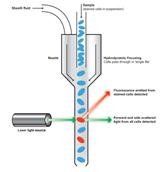
Flow cytometry is a measurement method that has been used in medicine for a long time and is now also being used more and more in biology. With their help, individual cells in liquid media, e.g. bacteria, yeast, algae and protozoa, can be quantified and measured in high throughput and their optical properties examined. In the process, the cells are guided past high-energy light of different wavelengths (laser).
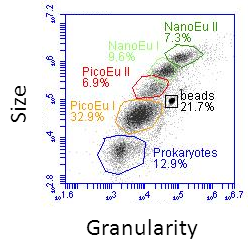
The light is scattered by the cells to varying degrees, from which cell size and cell complexity (“granularity”) can be calculated. Furthermore, important information can be obtained from any autofluorescence that may be present or from the staining of cell compartments such as nucleic acids, lipids, etc. with specific fluorescent dyes.
AquaEcology works with the latest generation of equipment and qualified staff – also directly at the sampling site. In this way, high-precision results can be used immediately after the measurement as a basis for making decisions about possible measures and interventions without delay.
Flow cytometry can be used in the areas of quality management and monitoring, research and evaluation or in process optimization. For many applications, the method is significantly faster, cheaper and more precise than previously established methods.
Specifically, flow cytometry offers the following analytical options:
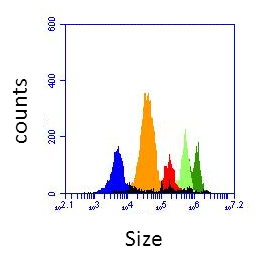
- Determination of the total number of individuals and size classification
- Detection of different taxonomic phytoplankton groups (pigment-fluorescence)
- Differentiation of active and inactive cells by specific staining
- Detection of toxic algae or pathogens using special fluorescence staining
- Biomass estimation via amount of DNA or autofluorescence
- Specific detection of pathogens using fluorescent antibodies
All analysis data, measures and external environmental data can be saved in user-friendly and interactive databases and processed for specific requests. Analyzes and assessments are documented according to accredited procedures. In addition, AquaEcology also offers scientific statistical and graphical evaluation of existing data sets.

AquaEcology offers the development of user-friendly, web-based database systems such as taxonomic image databases for all groups of organisms, which are individually programmed and set up on the basis of the self-developed database software biodivDP. A prominent application of this database software is the internationally established taxonomic phytoplankton database Plankton*Net, which makes an important contribution to biodiversity research. The development and implementation of this database was funded by the BIS Bremerhaven Society for Investment Promotion and Urban Development mbH and the European Union.
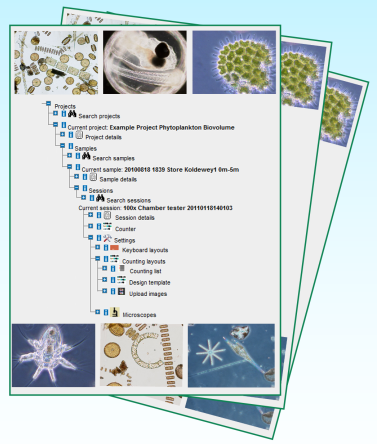
To optimize data management, AquaEcology offers additional services such as server hosting for databases, data maintenance and the development of special tools for managing, transferring, displaying or evaluating data.
AquaEcology develops various software tools for use in biological scientific information systems and databases. This includes the innovative, web-based counting and evaluation program OrgaCount, which is currently implemented for the recording of phytoplankton and zooplankton organisms as well as macrozoobenthos, but can also be used for other groups of organisms or other countable objects.
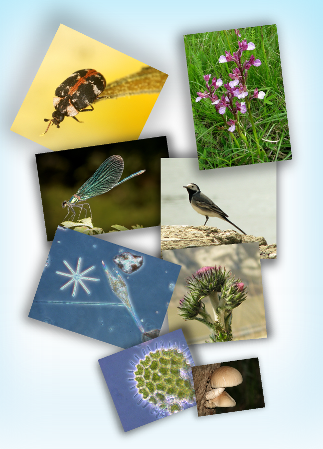 Below we listed AquaEcology‘s full individual aquatic ecology services in detail:
Below we listed AquaEcology‘s full individual aquatic ecology services in detail:
Phytoplankton (Ocean, estuary, freshwater systems)
- Sampling and sample processing
- Qualitative analysis of species and
- Quantitative analysis of species (abundancy)
- Biovolume, biomass
- Diatom-preparations including quantification
- Chlorophyll and other photosynthetic pigments
- Primary production
- Microscopic-photography
- Data processing and evaluation
- Assessment according to the EU-Water Framework Directive (WRRL)
Water samples or net catches are examined according to the currently valid nomenclature for occurring phytoplankton species of the most diverse taxonomic groups and corresponding lists are drawn up. The phytoplankton organisms present in fixed water samples are determined using an inverted microscope and counted at species level or according to specific groups in order to determine the cell density per unit volume (e.g. individuals per liter). A geometric body is assigned to each species in order to estimate the phytoplankton biomass present in the samples. The dimensions required to determine the volume are measured for a representative number of cells per species. The biovolume determined in this way is then converted into carbon biomass.
The chlorophyll concentration in the water as a measure of the phytoplankton biomass present can be determined using a fluorometer – specifically with a 1Hz fluorometer as active chlorophyll – or photometrically after filtration and extraction. Other photosynthetic pigments are quantified using HPLC.
Primary production is determined using the light-dark oxygen method. If the appropriate conditions are met, radioactive 14C can also be used for a measurement.
Zooplankton (Ocean, estuary, freshwater systems)
- Sampling and sample processing
- Qualitative analyses (communitiy composition)
- Quantitative analyses (abundancy)
- Biovolume, Biomass
- Respiration
- Microscopic-photography
- Data processing and evaluation
Water samples or net catches are examined for occurring zooplankton species and groups according to the currently valid nomenclature and corresponding lists are drawn up. In fixed samples, the abundance of species and groups is determined to obtain the density of individuals per unit volume. For copepods, the individual developmental stages are recorded separately. The size is determined for a representative number of individuals.
Respiration is determined using the oxygen method.
Bacterioplankton / Bacteria (Ocean, estuary, freshwater systems)
- Sampling and sample processing
- Quantitative analyses (abundancy)
- Bacterial production, respiration
- Rapid tests for E. coli, coliforms, or enterococci
- Data processing and evaluation
The number of free bacteria in the water and bacteria attached to particles is determined with an epifluorescence microscope after previous staining with special dyes. Different morphological types are taken into account. To estimate the carbon biomass, the sizes of the different types are determined and finally converted using factors.
If the conditions are right, bacterial production (build-up of bacterial biomass) can be measured using radioactively labeled substrates.
Design specific oligonucleotides –
Primerdesign
Highly specific oligonucleotides can be developed based on 16S rRNA gene sequences. These oligonucleotides can be optimized for use in a specific PCR or various hybridization techniques.
Phytobenthos (Ocean, estuary, freshwater systems)
- Sampling and sample processing
- Qualitative analyses (communitiy composition)
- Quantitative analyses (abundancy)
- Diatom-preparation (with quantification)
- Data processing and evaluation
- Assessment according to the EU-Water Framework Directive (WRRL)
Phytobenthos samples from a wide variety of substrates are examined according to the currently valid nomenclature for species from all taxonomic groups (e.g. cyanobacteria, diatoms, green algae and others) and corresponding lists are created. If possible, quantification is carried out at species level, otherwise at higher taxonomic levels and according to special groups.
Macrophytes (Estuary, freshwater systems)
- Field recording, sampling and sample processing
- Rapid assessments
- Qualitative analyses (communitiy composition)
- Quantitative analyses (abundancy)
- Data processing and evaluation
- Assessment according to the EU-Water Framework Directive (WRRL)
The macrophytes occurring in the water and in the bank area are determined outdoors according to the currently valid nomenclature and their frequency and degree of coverage are determined. Groups that are more difficult to determine (e.g. mosses) are reworked in the laboratory.
Macrozoobenthos (Ocean, estuary, freshwater systems)
- Sampling and sample processing
- Qualitative analyses (communitiy composition)
- Quantitative analyses (abundancy)
- Dryweight, Biomass
- Data processing and evaluation
- Assessment according to the EU-Water Framework Directive (WRRL)
Sediment samples or dredge catches are examined for macrozoobenthos species according to the currently valid nomenclature and their frequency is determined.
Fish (Ocean, estuary, freshwater systems)
- Electrofishing (humane) and other methods
- Qualitative analyses (communitiy composition)
- Quantitative analyses (abundancy)
- Sizing
- Age structure
- Data processing and evaluation
- Assessment according to the EU-Water Framework Directive (WRRL)
The fish species occurring in the body of water are determined and quantified using modern, gentle methods (e.g. electro-fishing). In addition, the size of the individuals and the age structure of the community can be determined.
Dissolved chemical substances (Ocean, estuary, freshwater systems)
- Sampling and sample processing
- Nutriuent-Analyses (Ammonia, Nitrate, Nitrite, Phosphate, Silicate)
TOC, TDN, TDP - Carbohydrates, amino acids
- Oxygen
- Heavy metals
- Organic pollutants (on request)
The dissolved nutrient salts are determined from filtered water using continuous flow analysis (CFA) and subsequent photometric detection (AA3-Systems, Seal GmbH). To determine the total dissolved nitrogen (TDN) and phosphorus (TDP), the sample is digested with peroxodisulphate in an autoclave prior to CFA. Devices that work with high-temperature oxidation on catalytic contact (HTCO) are used to determine the total dissolved C. Carbohydrates and amino acids are measured with HPLC. Oxygen is analyzed using the Winkler method on a Metrohm titration stand. The heavy metals are measured with AAS.
Particulary cehmical substances (Ocean, estuary, freshwater systems)
- Sampling and sample processing
- PC, PN, PP
- Pigments
- Heavy metals and organic pollutants (on request)
Particulate carbon (PC) and nitrogen (PN) are measured directly from filters using the HTCO method. After digestion with peroxide and sulfuric acid, the particulate phosphorus (PP) is determined photometrically using an AA3 system. Pigments are extracted from filters and analyzed by HPLC.
Hydrography (Ocean, estuary, freshwater systems)
- Field measurement, sampling
- Temperature
- Salinity, conductivity
- Density
- Redox potential
- Turbidity, depth of vision, fluorescence
- Light exposure
- pH
Within the framework of field investigations on ship trips or in mesocosm experiments, various physical and physico-chemical parameters are measured in-situ with automated probe systems.
UVU, PFV (Ocean, estuary, freshwater systems)
For environmental-ecological assessments, which are the basis for environmental impact assessments (UVU) or plan approval procedures (PFV), hydrochemical and hydrobiological reports are offered for various parameters:
Hydrochemical assessment –
Protected asset Water
- Water quality: salinity, oxygen, nutrient salts, suspended and pollutants
- Contaminants in sediments: heavy metals, PCBs, HCHs, organyl tins
- Hydrobiologische assessment
- Protected assest Fauna: Zooplankton, Makrozoobenthos, Fish
- Protected assest: Phytoplankton, Phytobenthos, Macrophytes
EG-Water Framework Directive
Water treatment
- Concepts and reports on water body rehabilitation
- Tests of ballast water treatment plants according to IMO guidelines
- Aquaculture management
Research
- National and international research projects
- Contract research
Qualification
- Academic training (lectures, internships, excursions)
- Popular science (lectures, excursions)
- Further education and training (seminars, workshops)
Data management
- Statistical evaluation
- Graphic processing
- Evaluation and data interpretation
Datenbases
- Development of web-based databases based on biodivDP
- Phytoplankton-Database: Plankton*Net
- Operation, maintenance, quality control
- Server hosting
- Development of special tools according to user requirements
Have we piqued your interest? Or do you have individual questions about our services?
